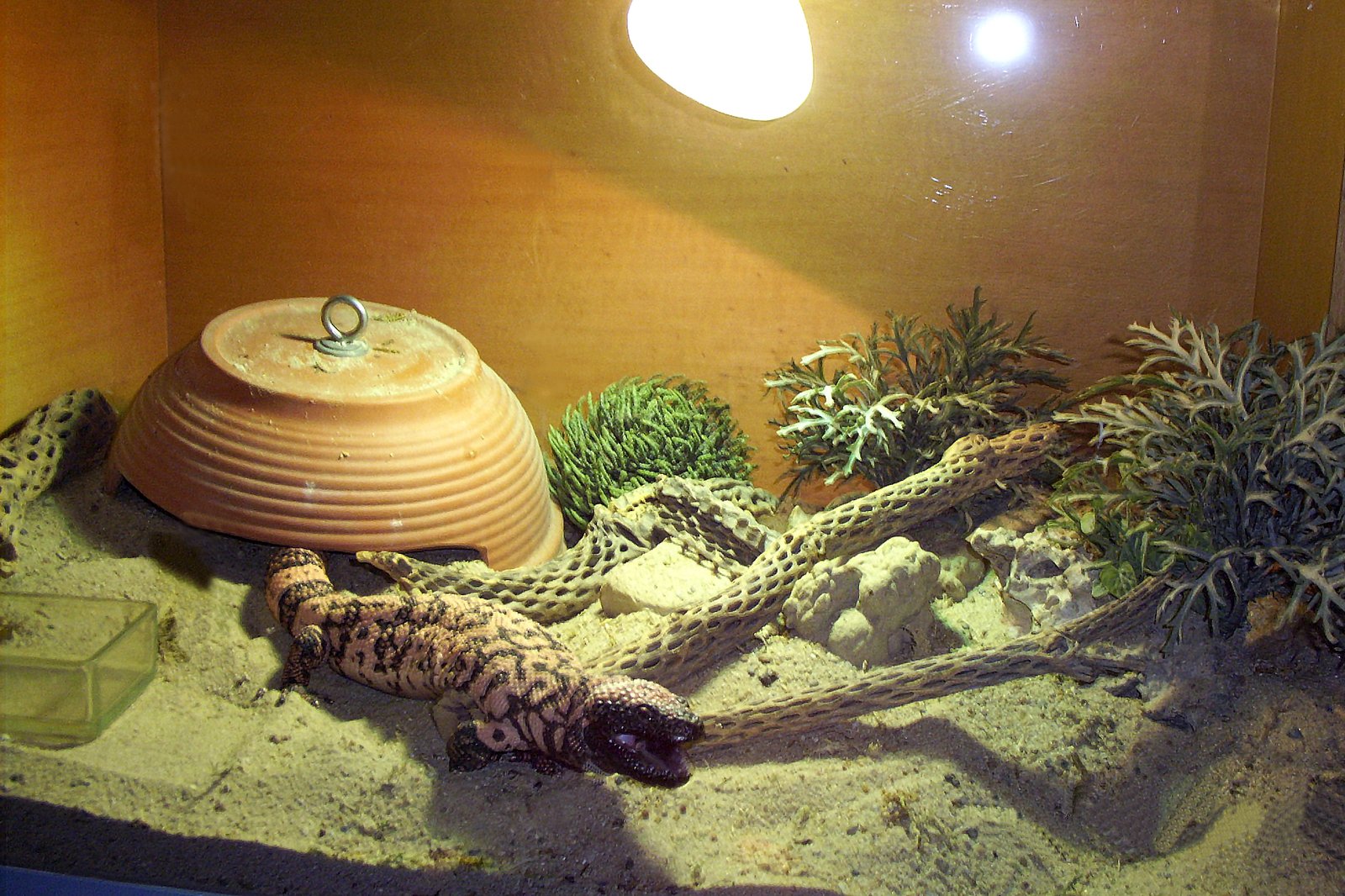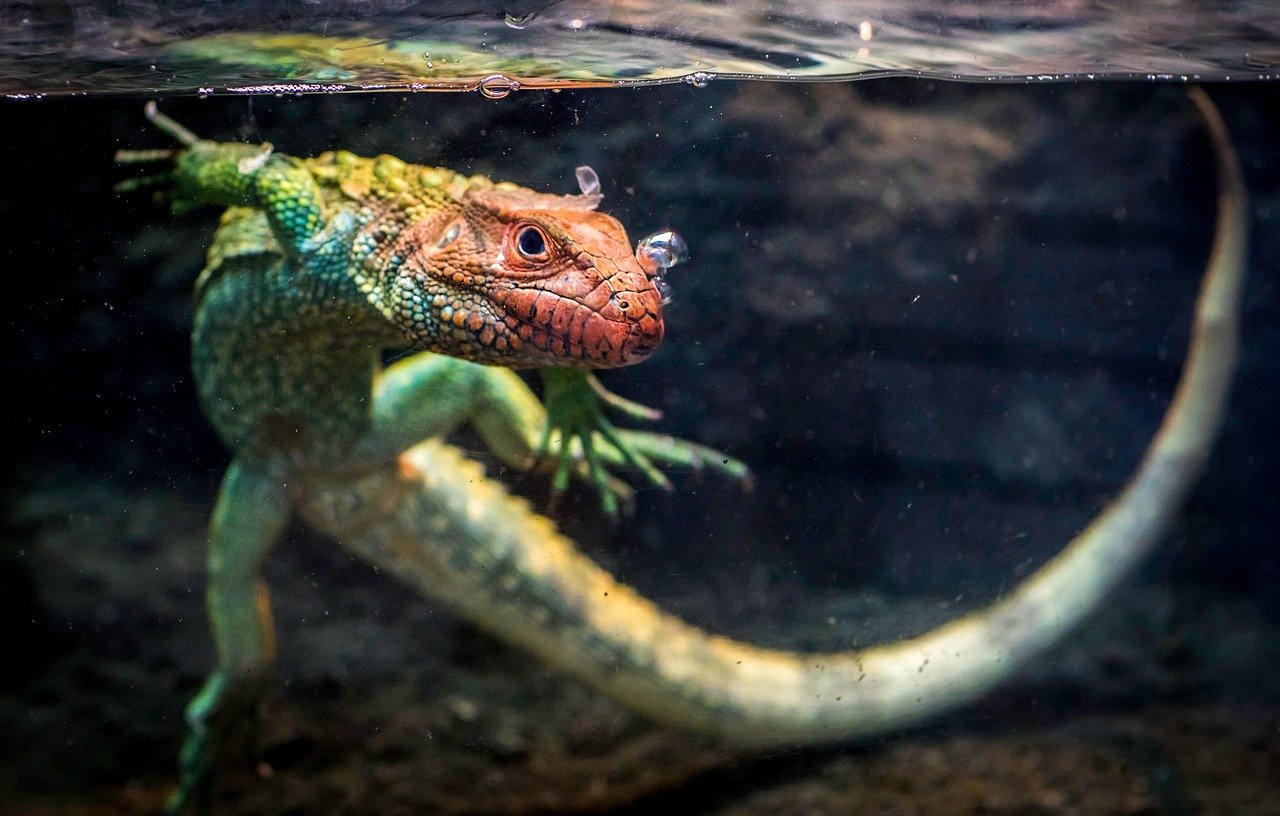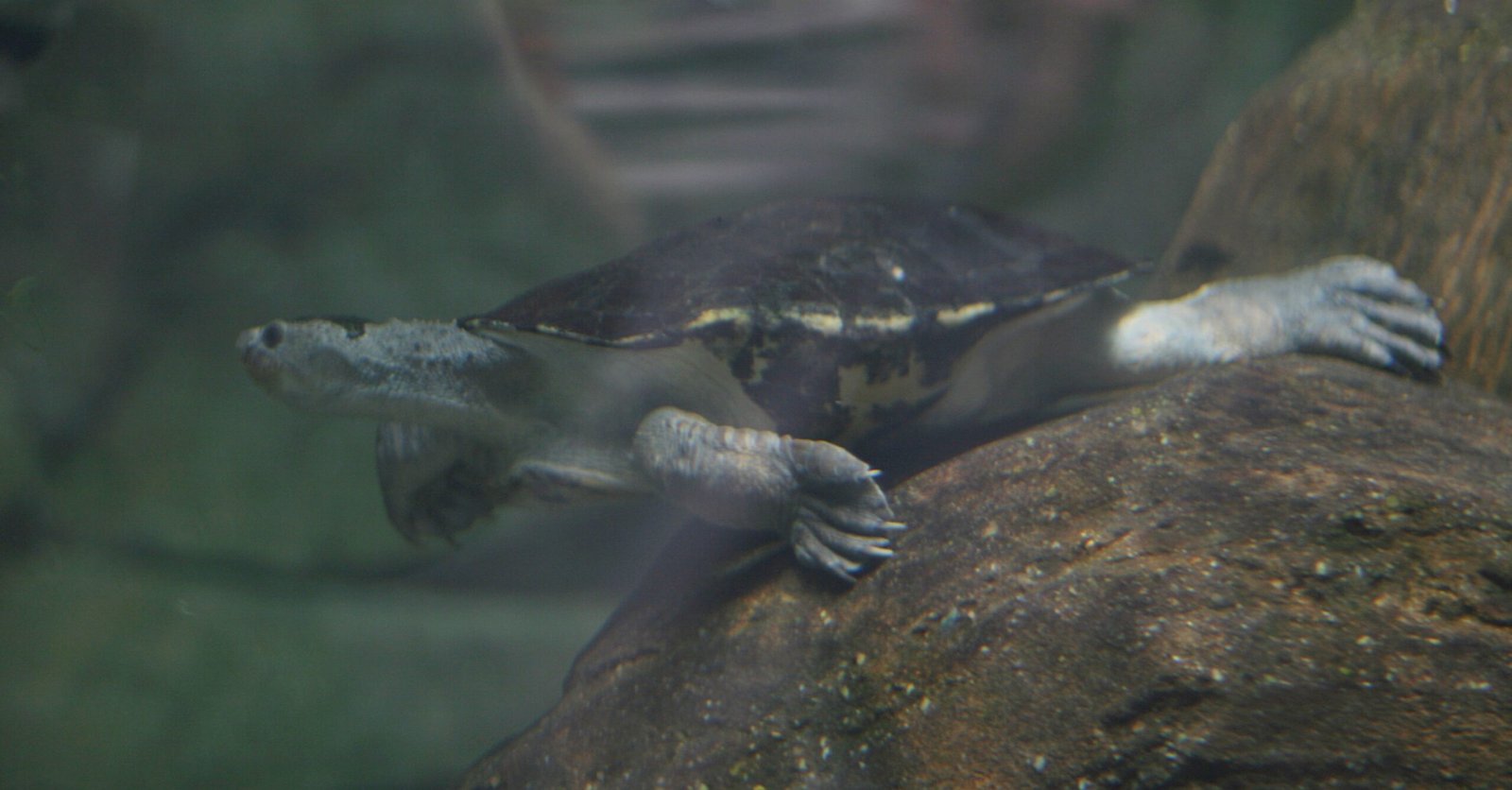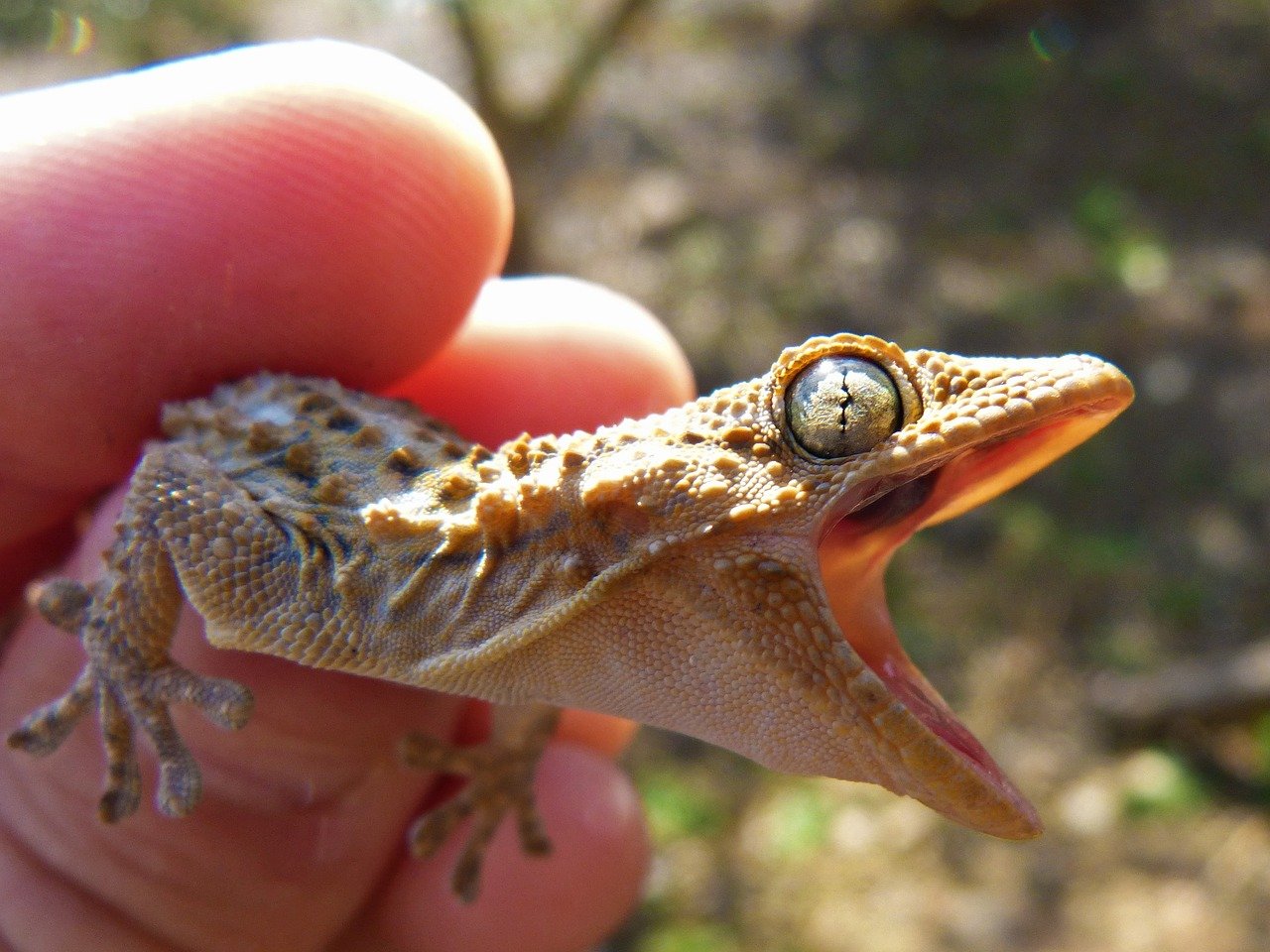Keeping a pet reptile is fascinating, but even the most well-meaning owners can slip up without realizing it. From improper lighting setups to feeding the wrong diet, small oversights can lead to big health issues. The good news? Most of these mistakes are easy to fix once you know what to look for. Whether you’re new to reptiles or have had them for years, being informed can make all the difference in your pet’s comfort and longevity. Let’s break down the most common missteps and how to turn things around for your scaly companion.
1. Inadequate Enclosure Size

It’s shocking how often reptiles are kept in enclosures that are much too small for their needs. Many new owners see a tiny baby snake or lizard at the pet store and assume a small tank will suffice. But reptiles need space to move, climb, and explore—just like any other pet. Crowded quarters can lead to stress, stunted growth, and even aggression. The right size will depend on the species, but as a general rule, always plan for your pet’s adult size, not their baby size. Upgrade to a larger terrarium as your reptile grows, and add enrichment items like branches or hides. Think of it like living in a studio apartment your whole life—it might work for a while, but you’ll quickly start to feel cramped.
2. Incorrect Temperature and Humidity Levels

Reptiles are cold-blooded, meaning they rely on their environment to regulate their body temperature. This makes proper heating and humidity absolutely crucial. Too cold, and your pet could become lethargic or even ill. Too hot or dry, and dehydration or burns are real risks. Each reptile species has its own optimal temperature gradient and humidity requirements. Invest in good-quality thermometers and hygrometers, and check them daily. Heat lamps, under-tank heaters, and misting systems can help create the perfect microclimate. Don’t guess—make sure you know what your pet needs to thrive.
3. Poor Diet and Nutrition

Imagine eating the same bland meal every single day. Boring, right? Worse, it could lead to serious health issues. Many reptile owners stick to one type of food, not realizing that nutritional variety is the key to a healthy, happy reptile. Some lizards need a mix of insects, greens, and fruits, while snakes might require whole prey. Calcium, vitamins, and minerals are just as important for reptiles as they are for humans. Research your pet’s dietary needs and offer a balanced, species-appropriate menu. Don’t forget supplements if recommended. A well-fed reptile is an active, vibrant one.
4. Lack of Hides and Enrichment

Reptiles may look tough, but they need places to feel safe and secure. Without hides, caves, or foliage, your pet can become anxious and stressed. This stress can weaken their immune system, making them more susceptible to illness. Enrichment is just as vital—it gives your reptile a chance to explore, climb, and exercise natural behaviors. Add rocks, branches, tunnels, and other décor to the enclosure. Change things up occasionally to prevent boredom. Think of it as redecorating a room; a fresh environment is stimulating and comforting.
5. Infrequent or Incorrect Cleaning

No one likes a dirty home, and reptiles are no exception. A build-up of waste, uneaten food, or mold can quickly turn an enclosure into a breeding ground for bacteria and parasites. This not only smells bad but poses a real health risk. Spot clean daily, and do a thorough clean—including disinfecting water bowls and décor—at least once a week. Choose reptile-safe cleaning products and make sure everything is rinsed well before returning your pet. Routine cleaning is a simple act of love that keeps your reptile healthy and your home smelling fresh.
6. Mishandling and Stress

It’s tempting to show off your exotic pet to friends or pick them up whenever you want, but this can be terrifying for some reptiles. Frequent or improper handling can cause stress, leading to biting, hiding, or even health problems. Learn the right way to handle your specific species—some reptiles prefer minimal handling, while others are more social. Always approach gently and support their body fully. Watch for signs of stress, like hissing or refusing food, and respect their boundaries. Remember, earning trust takes time, but it’s worth every second.
7. Ignoring Signs of Illness

Reptiles are masters at hiding illness. By the time you notice something is wrong, your pet could already be very sick. Common warning signs include loss of appetite, lethargy, abnormal shedding, or changes in stool. Don’t dismiss these as minor issues. A quick response can mean the difference between life and death. Find a reptile-savvy veterinarian and don’t hesitate to seek help if something seems off. Keeping a journal of your pet’s behavior and health can help you spot changes early. Being proactive could save your pet from suffering and give you peace of mind.
Caring for a reptile might seem intimidating at first, but once you understand their unique needs, it becomes second nature. Every reptile deserves a life filled with comfort, enrichment, and care. By avoiding these common mistakes and making simple adjustments, you can ensure your scaly companion thrives in your home. Remember, reptiles may not wag their tails or purr, but they thrive with consistent care and attention. With a little effort, your cold-blooded buddy can live a long, content life by your side. Isn’t it amazing how a few small changes can make such a big difference?

Esther is from India; the heartbeat of South Asia, holding a Master’s degree in Zoology and a postgraduate diploma in Animal Welfare. Her enthusiasm for animal welfare drives her passion and dedication to working for animals, ensuring their well-being, and advocating for their rights. With a solid academic background and hands-on experience, she is committed to making a positive impact in the field of animal welfare. In her free time, she enjoys embroidery and sewing. As a Chennaite from Tamil Nadu, Esther loves Bharathanatyam, an Indian classical dance form.






